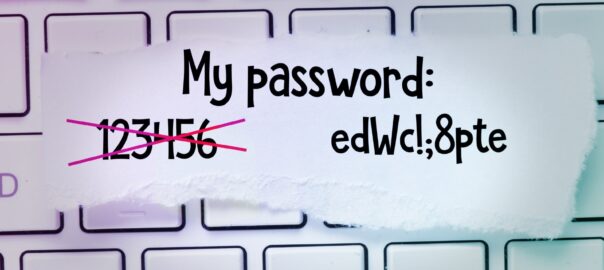As digital technology becomes more advanced, so do the risks of online security breaches. Cyberattacks continue to be a problem, so businesses need to implement reliable security measures now more than ever. There are many security solutions available. One of the simplest yet most effective is a first-rate password management solution.
What Is Password Management?
Password management is a general term that refers to the steps a business uses to keep passwords secure. It includes everything about passwords, from knowing how to pick a good one all the way to using advanced software to store and regularly update all the passwords.
We all know how important it is to choose passwords that are hard to decipher and to make sure no one knows your passwords. But this is easier said than done. It happens very often that people forget passwords. For this reason, you might have a digital file where you keep all your passwords, or you might write them in an actual notebook. However, these kinds of password storage solutions are not very secure. This is where password managers come in.
Why Using a Password Manager Is Necessary for Businesses
Every business would benefit from a password manager, especially if the operations and transactions happen online. There are a few different managers in use today: browser-based, portable, desktop-based, or cloud-based. Of these, the latter is the most highly advisable and necessary for business use with password management. Why so? Here are some excellent reasons.
You don’t need to remember every password you have
Practically everything we do online requires us to log in for security reasons. This means the average person today would have at least a dozen different passwords to remember. Perhaps you can use the same password for all accounts so you will have fewer to remember, but that is not secure.
With password management, you don’t have to remember so much because the software will remember it all for you. This allows for less clutter in your mind and, ultimately, higher work productivity. One password you have to remember is the one to log into the password manager.
You can access your passwords from anywhere
Since we store the password manager in the cloud, you can access it from anywhere that you have internet access. It’s not just you, either. Any individual with permission will also be able to get access to the passwords.
Password management gives you more security
As with many cloud services, a cloud-based password manager comes with dependable security features that you can trust. Also, if you use the password manager to generate passwords, it will give you something more secure than your birthday for a password. It will generate complex combinations that are virtually impossible to crack.
An Extra Boost of Security
A password manager is of great help in terms of convenience and security. But there are other modern solutions that you can take advantage of as a business owner to ensure your data is secure. One solution today is using biometrics as an alternative login method.
Biometrics uses physical attributes, like fingerprints, facial recognition, or voice recognition, that are unique to the individual, making it impossible for anyone else to access their account.
Another way to elevate password security is via multi-factor authentication. The added layers of verification will reduce the chances that unauthorized individuals might get in.
Protect Your Business by Protecting Your Passwords
To help you understand further the importance of password management in business, we invite you to Watch our Webinar on Digital Estate Planning and why Password Management is a must. It seems like such a minor thing, but keeping your passwords protected is essential to the overall security of your business. Call us today so we can get started!






